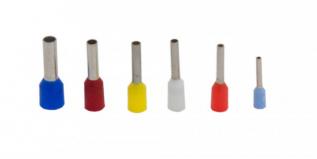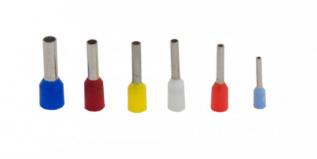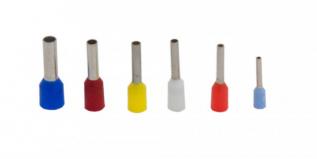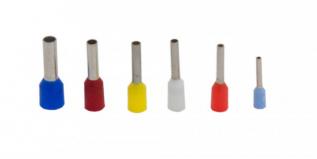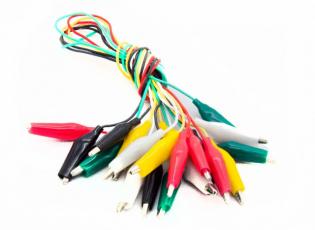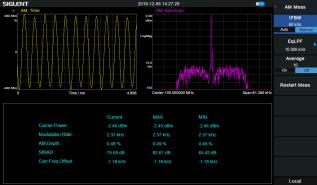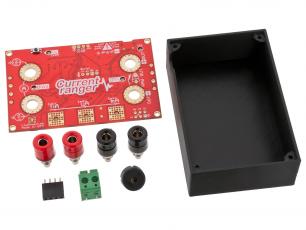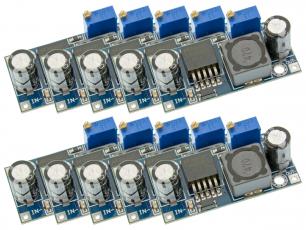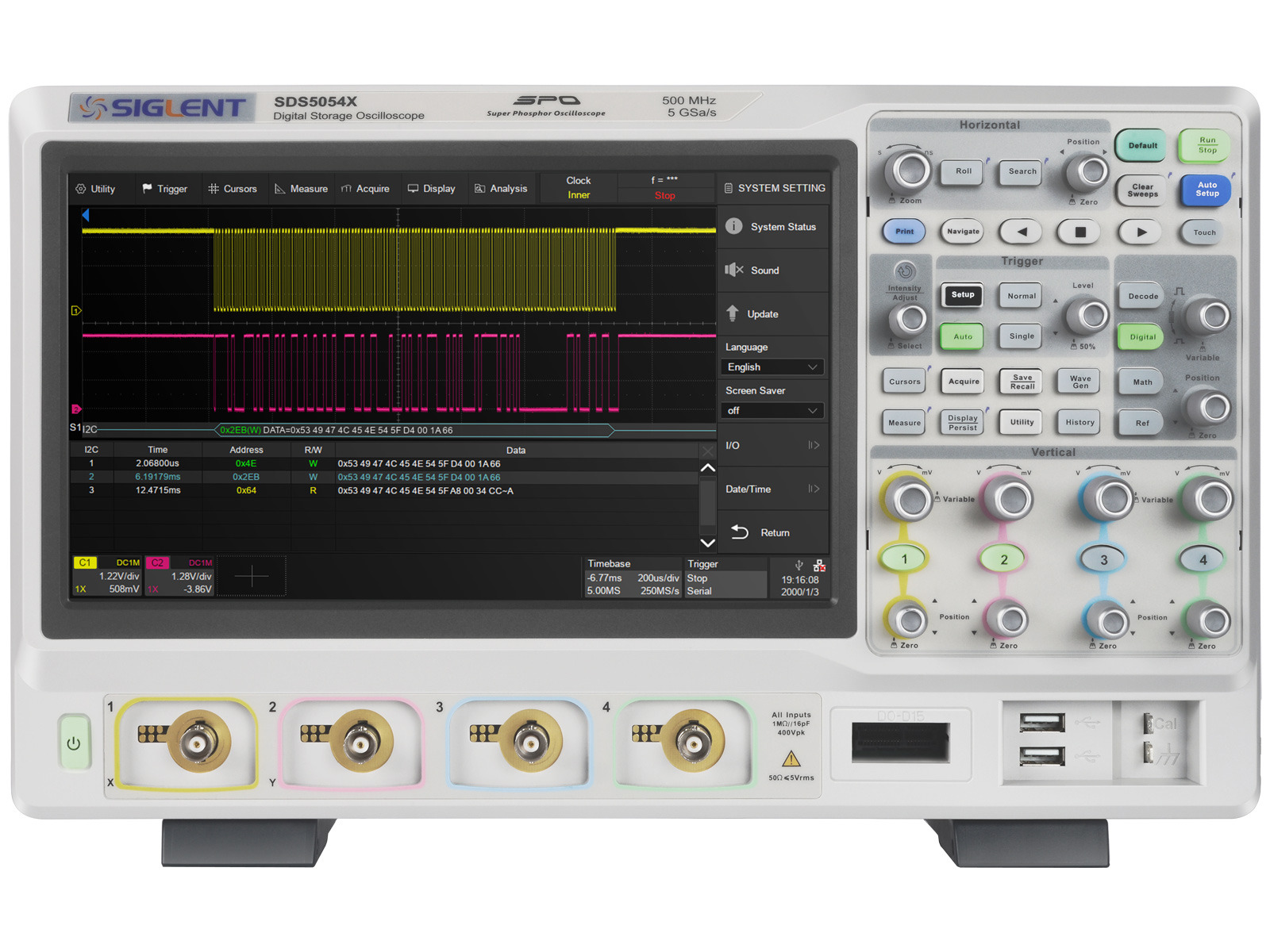Product description
This compact motor controller makes closed-loop speed or position (but not both!) control of a brushed DC motor easy, with quick configuration over USB using our free software. It supports five control interfaces: USB, TTL serial, I²C, analog voltage (potentiometer), and hobby radio control (RC). This version offers a 4.5 V to 28 V operating range and can deliver continuous output currents up to 2.6 A (5 A peak) without a heat sink. Male headers and terminal blocks are included but not soldered, allowing for custom installations.
With integrated support for analog voltage or tachometer (frequency) feedback, the second-generation G2 family of Jrk motor controllers makes it easy to add closed-loop control of speed or position (but not both!) of a single brushed DC motor to a variety of projects. These versatile, general-purpose modules support five different control interfaces: USB for direct connection to a computer, TTL serial and I²C for use with a microcontroller, RC hobby servo pulses for use in an RC system, and analog voltages for use with a potentiometer or analog joystick. They also offer many settings that can be configured using our free configuration software utility for Windows, Linux, and macOS. This software simplifies initial setup of the device and allows for in-system testing and monitoring of the controller via USB (a micro-B USB cable is required to connect the Jrk G2 to a computer).
Main features of the Jrk G2 family:
* Easy open-loop or closed-loop control of one brushed DC motor
* A variety of control interfaces:
* USB for direct connection to a computer
* TTL serial operating at 5 V for use with a microcontroller
* I²C for use with a microcontroller
* RC hobby servo pulses for use in an RC system
* Analog voltage for use with a potentiometer or analog joystick
Feedback options:
* Analog voltage (0 V to 5 V), for making a closed-loop servo system
* Frequency, for closed-loop speed control using pulse counting (for higher-frequency feedback) or pulse timing (for lower-frequency feedback)
* None, for open-loop speed control
* Simple configuration and calibration over USB with free configuration software utility (for Windows, Linux, and macOS)
* Configurable parameters include:
* PID period and PID coefficients (feedback tuning parameters)
* Maximum current
* Maximum duty cycle
* Maximum acceleration and deceleration
* Error response
* Input calibration (learning) for analog and RC control
* Optional CRC error detection eliminates communication errors caused by noise or software faults
* Reversed-power protection
* Field-upgradeable firmware
* Optional feedback potentiometer disconnect detection
* Arduino library makes it easy to get started using these controllers with an Arduino or compatible board
* Comprehensive user's guide
With integrated support for analog voltage or tachometer (frequency) feedback, the second-generation G2 family of Jrk motor controllers makes it easy to add closed-loop control of speed or position (but not both!) of a single brushed DC motor to a variety of projects. These versatile, general-purpose modules support five different control interfaces: USB for direct connection to a computer, TTL serial and I²C for use with a microcontroller, RC hobby servo pulses for use in an RC system, and analog voltages for use with a potentiometer or analog joystick. They also offer many settings that can be configured using our free configuration software utility for Windows, Linux, and macOS. This software simplifies initial setup of the device and allows for in-system testing and monitoring of the controller via USB (a micro-B USB cable is required to connect the Jrk G2 to a computer).
Main features of the Jrk G2 family:
* Easy open-loop or closed-loop control of one brushed DC motor
* A variety of control interfaces:
* USB for direct connection to a computer
* TTL serial operating at 5 V for use with a microcontroller
* I²C for use with a microcontroller
* RC hobby servo pulses for use in an RC system
* Analog voltage for use with a potentiometer or analog joystick
Feedback options:
* Analog voltage (0 V to 5 V), for making a closed-loop servo system
* Frequency, for closed-loop speed control using pulse counting (for higher-frequency feedback) or pulse timing (for lower-frequency feedback)
* None, for open-loop speed control
* Simple configuration and calibration over USB with free configuration software utility (for Windows, Linux, and macOS)
* Configurable parameters include:
* PID period and PID coefficients (feedback tuning parameters)
* Maximum current
* Maximum duty cycle
* Maximum acceleration and deceleration
* Error response
* Input calibration (learning) for analog and RC control
* Optional CRC error detection eliminates communication errors caused by noise or software faults
* Reversed-power protection
* Field-upgradeable firmware
* Optional feedback potentiometer disconnect detection
* Arduino library makes it easy to get started using these controllers with an Arduino or compatible board
* Comprehensive user's guide









